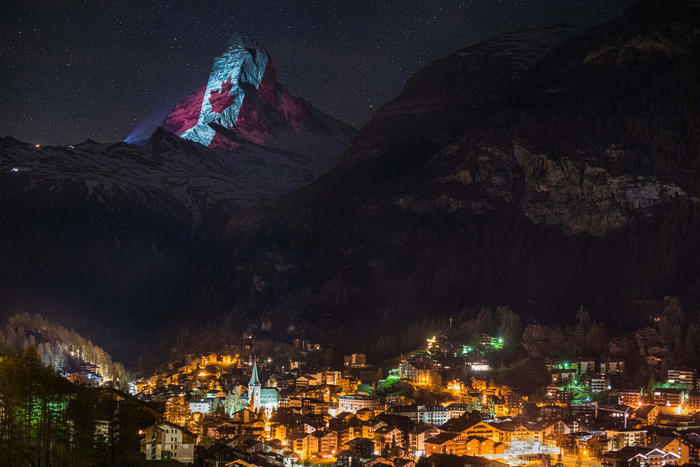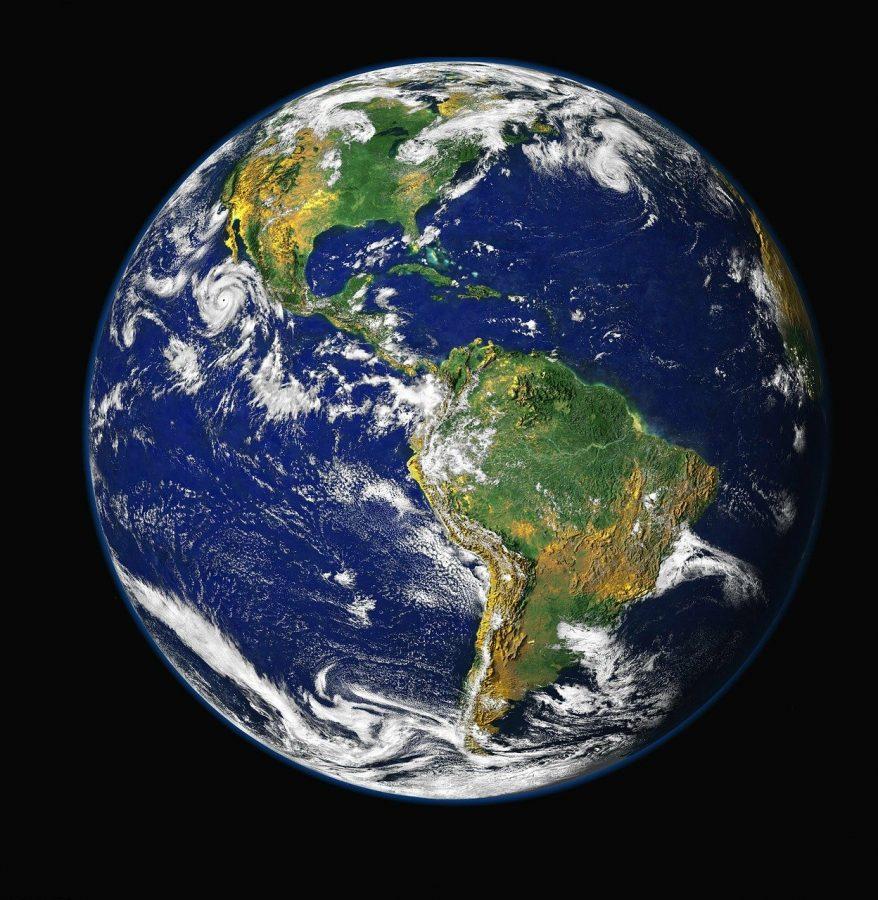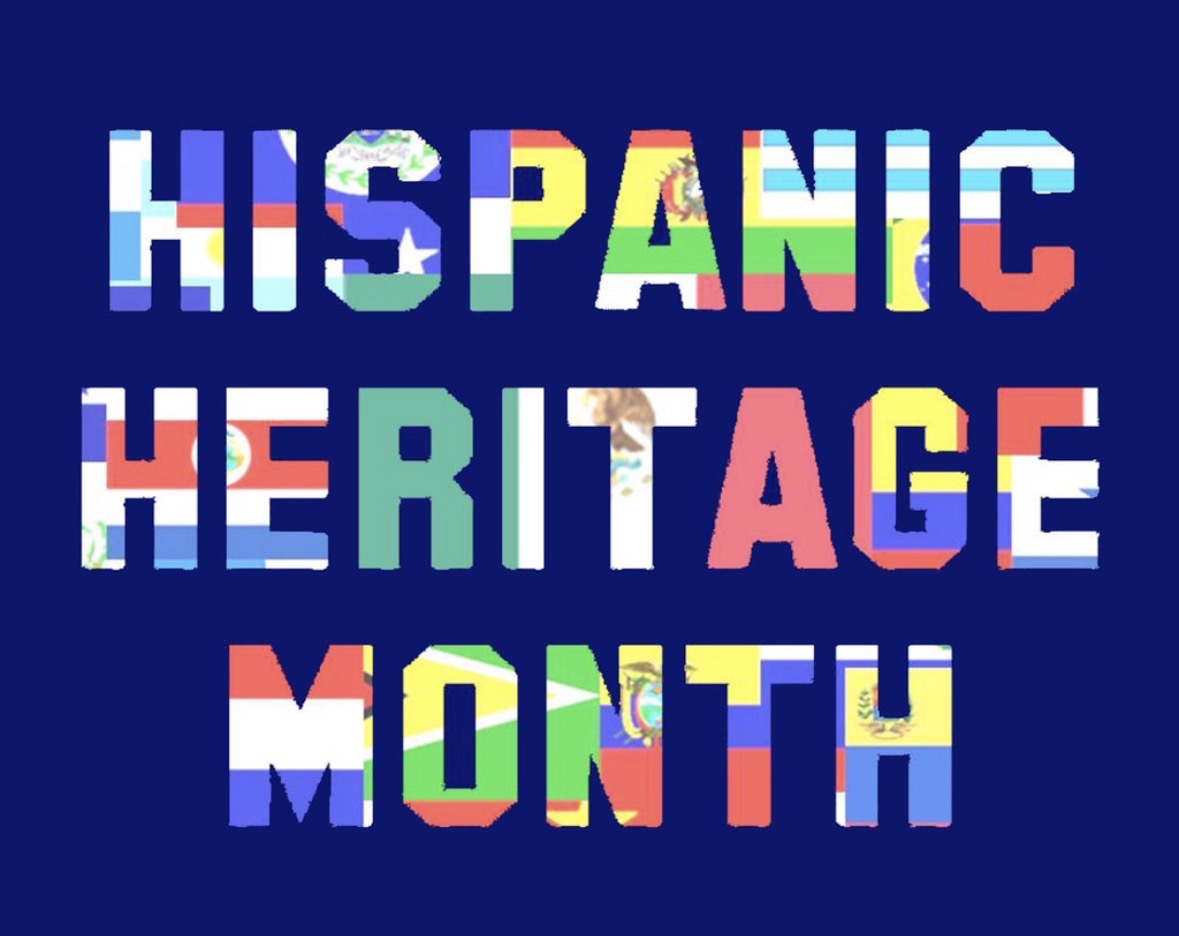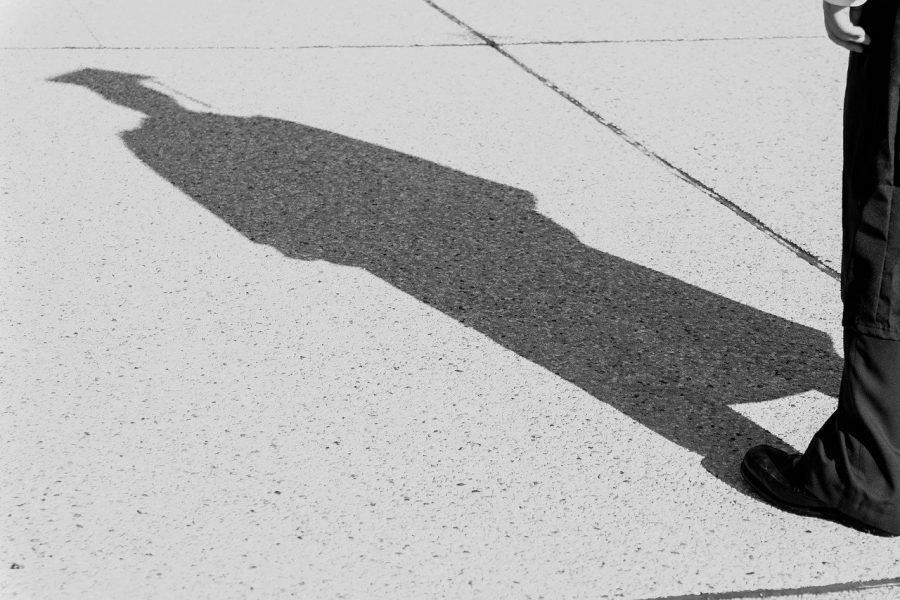Scientists discover a new way to combat plastic waste
Scientists in France have discovered an enzyme that has the potential to break down plastic thrown away to be recycled. This would be a huge breakthrough for the environment and the world of recycling, as plastic is one of the most difficult materials to recycle and is extremely harmful to the planet. The technology is the first of its kind and utilizes an enzyme found within composted leaves.
The scientists behind this revolutionary technology have already begun partnering with companies such as L’oreal and Pepsi to further develop this invention and make it available to the public within the next five years. Along with being environmentally friendly, this new technique could reduce the cost of recycling plastic by a significant amount. Joining a multitude of new technologies made in the last decade to help reduce the effect of harmful substances to the environment such as plastic, this enzyme could be revolutionary to the future of recycling and sustainability.
The Matterhorn lights up in support of fighting COVID-19
Switzerland has found a creative way of showing its support to nations being affected by COVID-19. Every night since Mar. 24, light artist Gerry Hofstetter has been projecting the flag of different countries battling the pandemic onto one of the most well known mountains in the Alps: the Matterhorn. Since then, the flags of The United States, Spain, Italy, France and many others have been projected for the world to see.
The kind gesture has resonated with many people all over the world, as the goal of this project was to show solidarity and support to nations that are struggling. Pictures and livestreams of the mountain can be found on the Matterhorn tourism website https://www.zermatt.ch/en/hope, and pictures are posted everyday on their Instagram, @zermott.matterhorn. Go check them out for some uplifting messages of hope and positivity. 
A glimpse into the future as 3-D printed village in Mexico makes history
In the rural village of Tabasco, Mexico, history has been made with the first neighborhood made entirely with 3-D printing technology. The homes are about 500 square feet and include all of the amenities needed to survive, as well as the technology needed to withstand earthquakes that often devaste rural Mexico. The project was started by United States-based non-profit New Story and hopes to eventually create 50 new homes.
This project has not only provided many living in poverty with quality housing, but gives a look into the future and what a modern society may look like. These 3-D printed homes provide an eco friendly and cost efficient solution to the ever growing homelessness and poverty problem the world faces.





















